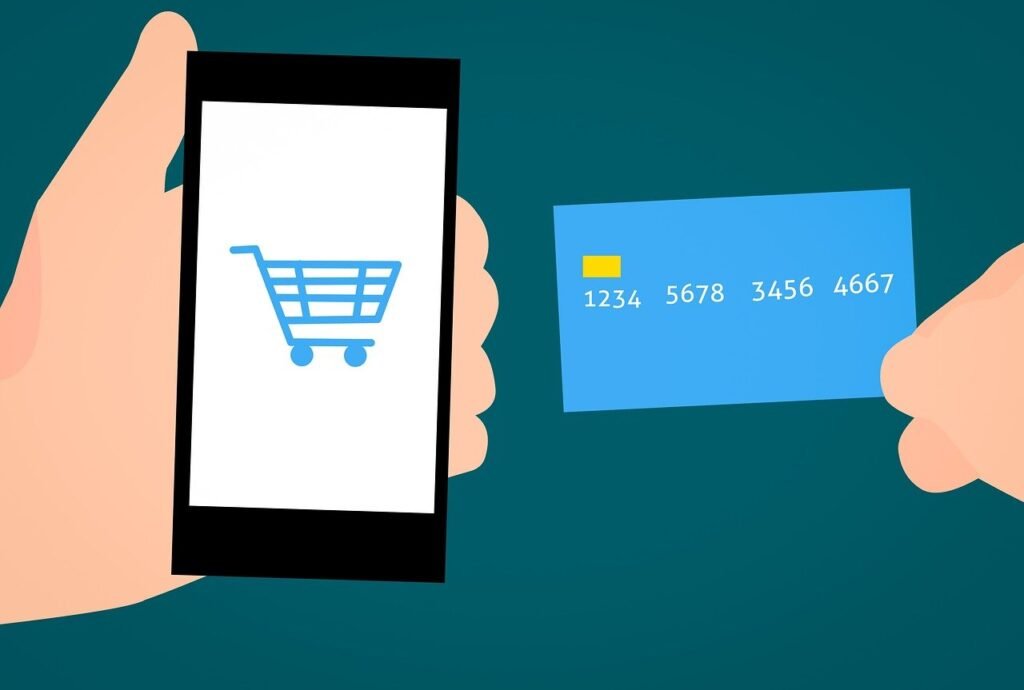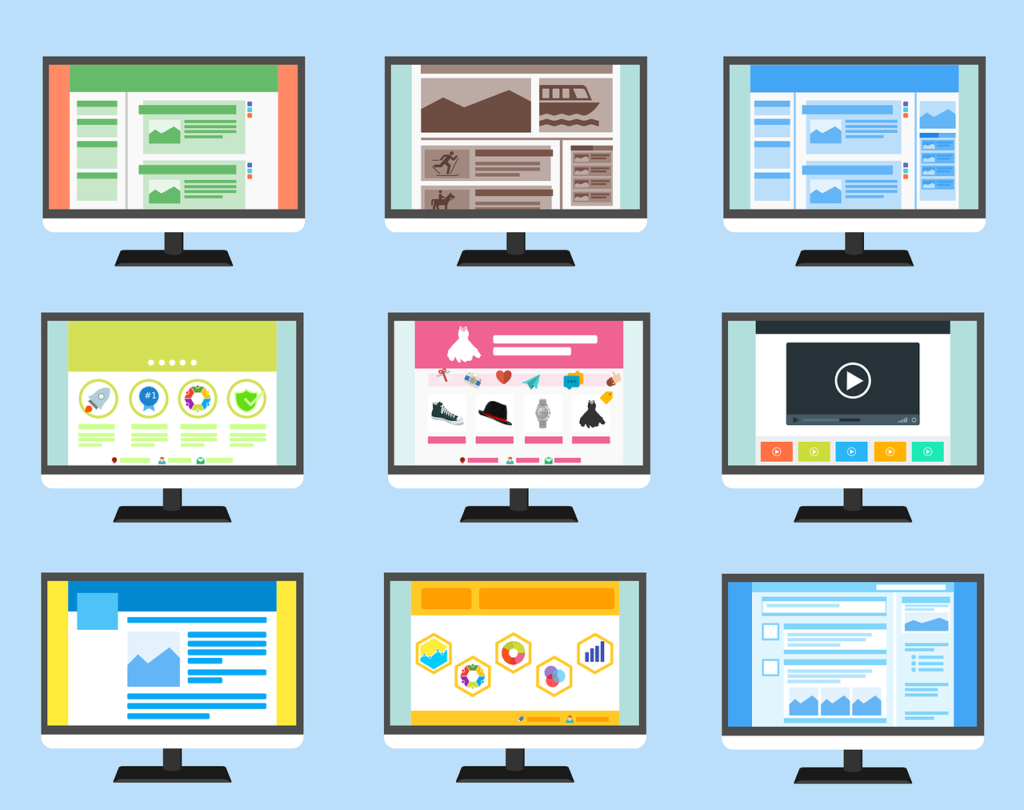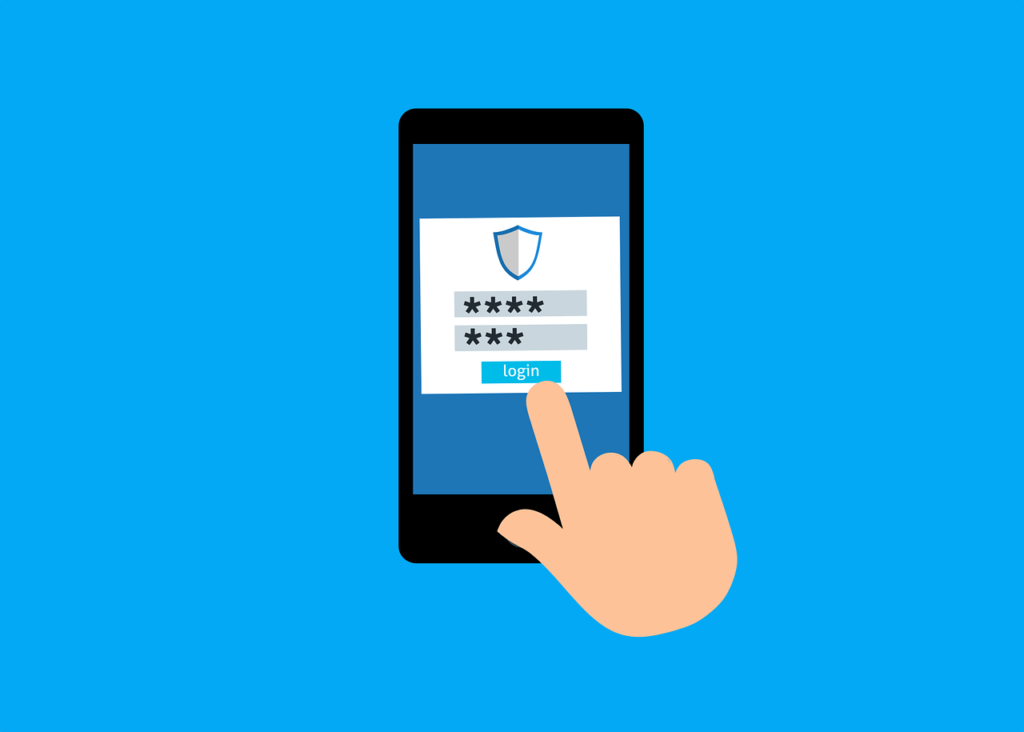Given how sophisticated and competitive today’s e-commerce market is, it’s no longer just an advantage for a business to have its own online store. As most e-commerce entrepreneurs know, it’s a must for that virtual storefront to be open 24/7, operate seamlessly across computers and mobile devices, and cater to a diverse audience.
A reliable e-commerce website will empower you to reach modern consumers where they spend a significant portion of their time: online. Its convenience and accessibility, as well as its role in providing seamless shopping experiences, factor into how effective you are at attracting and retaining customers.
Users who have positive experiences on your e-commerce website are more likely to make purchases as well as return for future transactions. Moreover, happy customers will be more inclined to share their experiences with others and contribute to word-of-mouth marketing for your brand.
Knowing that, you should make user experience (UX) on your website one of your top priorities for modernizing your e-commerce business. Here are some UX tips that will help you broker lasting relationships with your customers and strengthen your brand’s online reputation:
Table of Contents
Toggle1) Streamline Your Checkout Process
Simplifying your e-commerce checkout process will enable you to minimize friction for users. This can be done by reducing the number of steps required to complete a purchase and offering guest checkout options so that users can buy without creating an account.
Using more streamlined internet payment solutions will also eliminate the hurdles that often lead to cart abandonment. This improvement increases the likelihood that your online customers will complete their purchases, as it ensures that every buyer can experience getting their online payment processed quickly and efficiently while they’re on your platform.


2) Offer Multiple Payment Options
Your customers will all have different payment preferences, and it would be in your best interest to cater to a wide range of preferences through your payment options. Not having their preferred option available on your website could make a customer leave and not consider coming back.
The opposite is also true: if they have a lot of choices, they’re more likely to proceed to checkout—and even to recommend your store to others.
E-commerce entrepreneurs based in the Philippines can use online payment platforms such as Maya Checkout to accept multiple payment methods from customers, such as credit and debit cards and digital wallets.
Utilize Maya plugins for Shopify and WooCommerce to easily integrate a platform online payment Philippines-based businesses trust into your e-commerce website. This simple upgrade will immediately improve your e-commerce store’s UX.
3) Optimize Your Website Design
Your online buyers will get their first impression of your business through your e-commerce store’s design, which means that it’s crucial to get it right. You can start on the right foot by using a clean, intuitive website layout that guides users effortlessly to their desired products. Implement a responsive design as well to accommodate users on various devices, from smartphones to desktops.
The key here is simplicity. An uncluttered, easy-to-navigate design reduces user frustration and encourages potential customers to browse for longer. Fully optimized website design will not only reduce bounce rates; it will also promote increased user engagement and higher conversion rates.
Moreover, a well-designed site helps address the common issue of users struggling to find what they’re looking for, leading to a smoother shopping journey overall.


4) Speed Up Your Page Load Times
Slow-loading pages can turn potential customers away in an instant. Make an effort, then, to optimize your website’s loading speed. You can do this by compressing images, using caching techniques, and cutting down on heavy scripts and plugins.
On top of reducing user frustration, faster page loading times will positively affect your search engine rankings and, in turn, increase your e-commerce website’s visibility.
Be quick to address the issue of slow-loading pages so that your customers can access your products swiftly and smoothly and have a more pleasant experience as a result.
5) Optimize Your E-Commerce Website for Mobile Devices
Mobile optimization is a necessity for any e-commerce website, as many users shop on their smartphones. Part of ensuring that online customers have an exceptional purchasing experience, then, is seamlessly adapting your e-commerce website to smaller screens.
Implement responsive design elements and ascertain that the features and functionalities of the website work smoothly on mobile devices. This will give you a better chance of tapping into the mobile user market and effectively catering to their needs and preferences.
If your website isn’t optimized for mobile use, it can lead to a frustrating experience for mobile users and potentially result in lost sales and customers.
6) Utilize High-Quality Product Images on Your Website
While there’s definitely a need to speed up your load times and enhance your website for mobile users, this doesn’t mean you should resort to using poor-quality images for your products. On the contrary, you’ll need high-quality product images to provide customers with detailed views of what you offer.
If you want to provide a more interactive experience on your website, consider implementing zoom and 360-degree view features for each product image. Potential buyers who can see products clearly and in detail will be more confident about their purchases with you.
7) Leverage Detailed Product Descriptions
Provide comprehensive and accurate product information on your website, including specifications, sizes, colors, materials. You should also publish user reviews and ratings. The purpose here is to eliminate any doubts or uncertainties users may have about the product they’re interested in.
Detailed product information will help your customers make smart and well-informed purchases that align with what they actually want.
Being forthright and straightforward about your products and services empowers you to set your customers’ expectations, earn their trust, and reduce the likelihood of returns or negative reviews.
8) Prioritize Your Website’s Security
Earn your online customers’ trust by promising them a safe and secure experience on your e-commerce website. By proving that your online store—and ultimately, your brand—is a trustworthy partner or supplier, you’ll be able to help customers overcome their hesitancy to share personal and payment information with your business.


Use trust badges, SSL certificates, and security icons to reassure users about the safety of their data. Following robust security measures to earn these badges and certificates not only boosts user confidence, but also prevents potential data breaches and subsequent damage to your reputation.
A seamless and enjoyable user experience will help your business stand out from stiff competition in the e-commerce market and forge lasting relationships with your valued customers.
Commit to consistently delivering exceptional experiences, and you’ll be able to increase your online buyers’ satisfaction and loyalty as well as drive growth and success for your brand.



